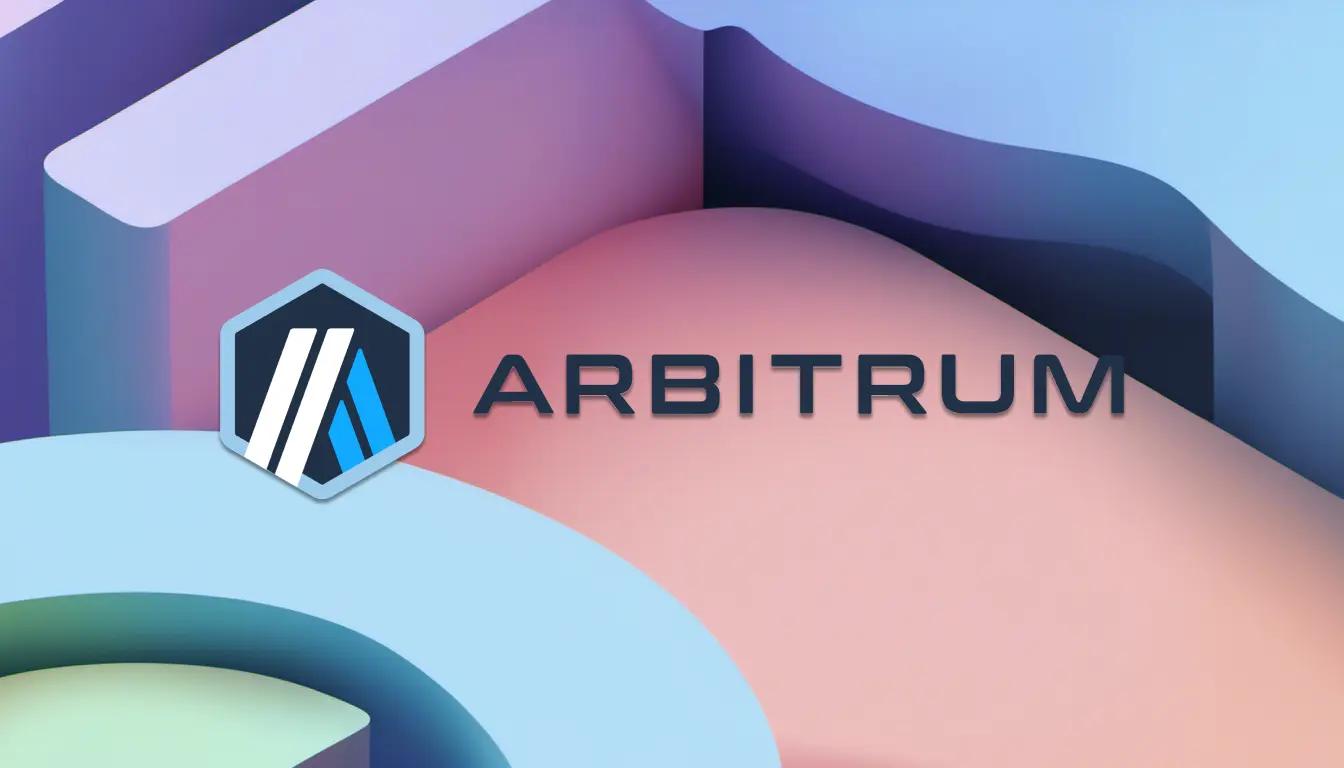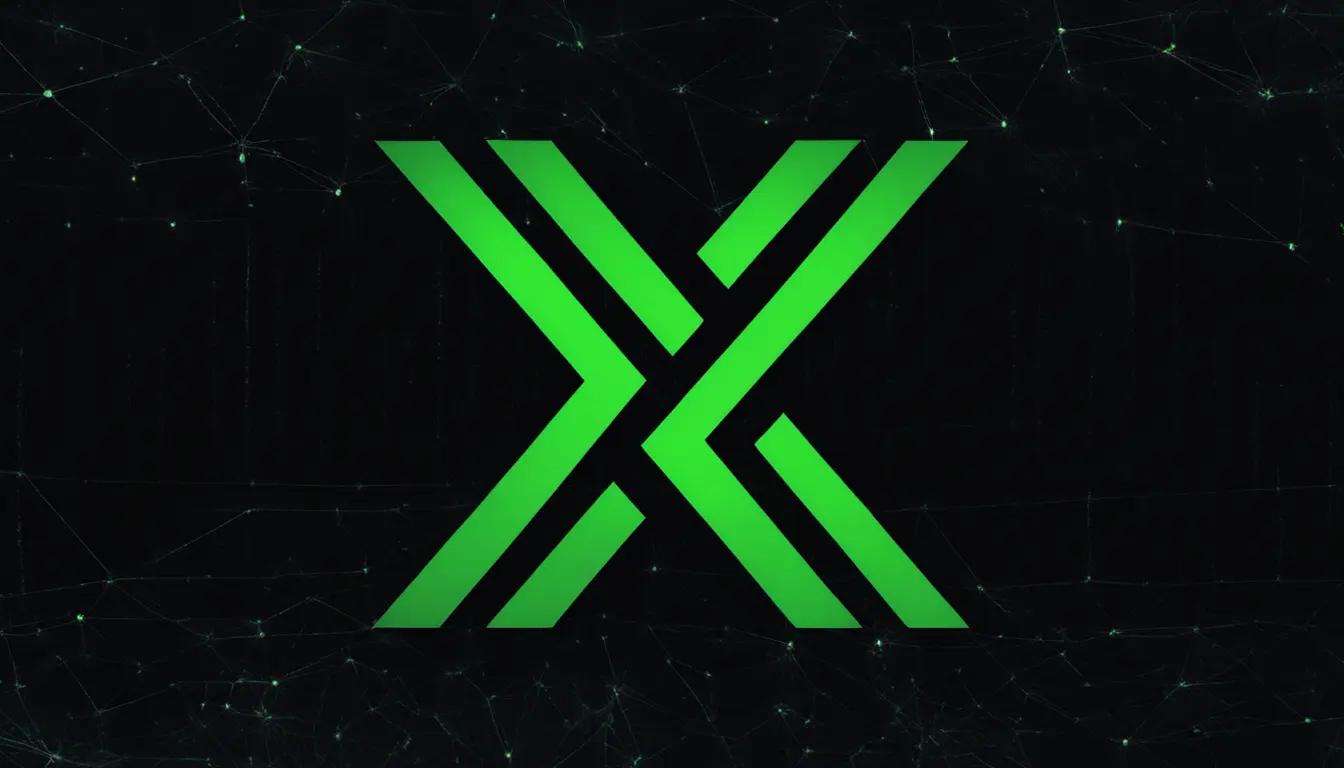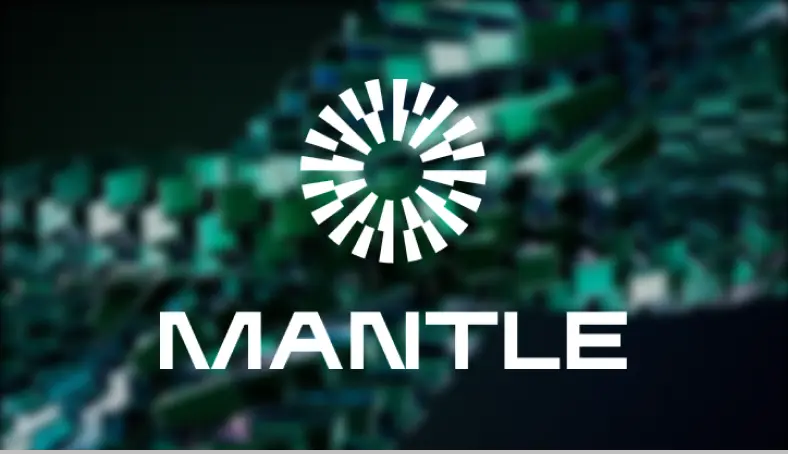Ethereum is the leading platform for building decentralized applications (DApps) and fostering innovations in decentralized finance (DeFi). However, due to its growing popularity and increased adoption, it is now facing challenges such as high transaction fees and network congestion. Different approaches have been proposed to overcome these issues, with second layer solutions, like Arbitrum, emerging as a promising alternative.
Arbitrum is a layer 2 protocol specifically designed for scaling Ethereum's network, and it has gained significant traction recently, thanks to its unique approach to tackling some of these challenges. By focusing on enhancing various aspects of blockchain technology, such as decentralization, DEX, and liquidity, Arbitrum aims to improve the overall performance and capacity of the Ethereum network, consequently increasing total value locked (TVL) in the DeFi ecosystem.
What Is Arbitrum?
Arbitrum is a Layer 2 solution aimed at enhancing Ethereum's smart contract capabilities by increasing speed, scalability, and privacy. This technology enables developers to run unaltered Ethereum Virtual Machine (EVM) contracts and Ethereum transactions on a secondary layer while still enjoying the robust security of Ethereum's Layer 1.
Developed by New York-based Offchain Labs, Arbitrum addresses issues like poor efficiency and high execution costs plaguing Ethereum-based smart contracts, which often result in costly transactions and a subpar user experience. The primary method utilized in Arbitrum is optimistic rollups, where off-chain transactions are executed before being bundled into large batches and submitted on the Ethereum mainnet as calldata. This approach helps offload the majority of the computation and storage burden Ethereum currently experiences by shifting these tasks off-chain.
Each batch incurs fixed transaction costs on Ethereum; these costs are distributed among individual transactions on Arbitrum, reducing expenses for end-users. Off-chain transactions are assumed to be valid—an assumption termed "optimistic"—and offer a challenge period during which anyone can dispute a transaction by issuing a fraud proof.
Offchain Labs, primarily founded by Ed Felten, Steven Goldfeder, and Harry Kalodner, is currently working on the Arbitrum project and a range of scaling solutions. All three founders are blockchain experts and share a passion for making cryptocurrencies more efficient and accessible.
How Does Arbitrum Function?
Arbitrum is an innovative technology utilizing optimistic rollups to enhance the scaling capabilities of Ethereum smart contracts. By exchanging messages between Ethereum's main chain and the secondary Arbitrum layer, most transaction processing occurs on the second layer, resulting in increased speed and efficiency.
The term "optimistic rollup" stems from the ability for any validator to post and confirm the validity of rollup blocks. The rollup refers to the capability to reconstruct the entire chain history based on public information from an optimized log of events, whilst ensuring the code runs correctly with honest validators.
Within the Arbitrum ecosystem, nodes can opt to participate in various roles. Validator nodes observe the chain's state, while full nodes aggregate layer 1 transactions. Aggregators submitting transactions to layer 1 earn rewards in ETH, with remaining user transaction fees distributed among other network participants, such as validators.
To maintain fairness, Arbitrum incorporates a challenge step for rollup blocks. Validators scrutinize the accuracy of these blocks and issue a challenge if any discrepancies are found. Lying validators risk confiscation of their stake if blocks are proven inaccurate or if challenges are demonstrated to be unjustified.
Another distinctive feature of Arbitrum is its custom Arbitrum Virtual Machine (AVM), which serves as the execution environment for Arbitrum smart contracts. The AVM operates above the EthBridge, a set of smart contracts that interface with the Arbitrum chain. As a result, Ethereum-compatible smart contracts are automatically translated to run seamlessly on the AVM.
What Sets Arbitrum Apart?
Arbitrum stands out among Layer 2 solutions due to a variety of unique features that make it an attractive choice for developers looking to overcome Ethereum limitations. Some of these key features include:
- High EVM Compatibility: As one of the most EVM-compatible rollups, Arbitrum works seamlessly with the Ethereum Virtual Machine (EVM) at the bytecode level. This compatibility enables developers to utilize existing languages, like Solidity and Vyper, without the need to learn a new language for building on Arbitrum.
- Extensive Developer Tools: The Arbitrum team has created comprehensive documentation to minimize barriers to entry for developers. There is no need to install specific Arbitrum plugins or compilers like Hardhat or Truffle, allowing developers to utilize existing Ethereum tooling.
- Low Transaction Fees: As a Layer 2 scaling solution, Arbitrum not only enhances Ethereum's transaction throughput but also significantly reduces transaction fees. It achieves this through efficient rollup technology while maintaining incentives for validators.
- Fair Launch: Arbitrum has undergone multiple testnet trials and is now live on the mainnet for developers. Distinguishing it from other Layer 2 solutions, Arbitrum does not have its native utility token and did not hold a token sale. The platform ensures an equitable entry point, providing all interested developers with ample time to develop and integrate their projects before opening Arbitrum One to the public.
- Developed Ecosystem: Arbitrum has already established partnerships with various Ethereum DApps and infrastructure projects such as Uniswap, DODO, Sushi, and many more.
These distinctive features make Arbitrum a promising and accessible choice for developers and projects looking to leverage the benefits of Layer 2 solutions, addressing key factors like security, compatibility, reduced fees, and easier integration with the Ethereum ecosystem.
What Is Arbitrum Nova?
In August 2022, Arbitrum introduced Nova, a new chain developed using AnyTrust technology, aimed at further enhancing Ethereum blockchain's scalability. Unlike its predecessor, Arbitrum One, which utilizes Offchain Labs' Rollup technology, Arbitrum Nova focuses on minimizing fees and becoming one of the most cost-effective blockchains in the market. Primarily, it caters to high-throughput decentralized applications (DApps), particularly those related to gaming.
A key difference between Arbitrum Nova and Arbitrum One lies in the transaction data processing. In Arbitrum Nova, the data availability committee (DAC) receives transaction data, and only data availability certificates are posted to the Layer 1 (L1) blockchain. This contrasts with Arbitrum One, where the full transaction data is posted to the L1.
However, Arbitrum Nova is arguably more centralized than Arbitrum One, as the DAC is responsible for providing data availability to users. Currently, the DAC comprises a limited number of members, such as Infura, Offchain Labs, Google Cloud, and Reddit.
By introducing some trust assumptions, Arbitrum Nova reduces costs. As of now, the platform has a total value locked (TVL) of $1.88 million, with over 60% associated with SushiSwap. The confident, knowledgeable, and neutral tone in this information aims to present a clear understanding of Arbitrum Nova's role within the Ethereum ecosystem.
Arbitrum vs. Other Layer 2 Solutions
The Ethereum network is currently witnessing a surge in layer 2 solutions, all striving for user adoption, developer interest, and total value locked (TVL). Among these scaling solutions, Arbitrum is a part of the rollup-based Layer 2 category, with at least nine other examples in the market. Though it leads the TVL rankings, Optimism follows suit as a close competitor, boasting over 117 active protocols and nearly $1 billion in TVL. Meanwhile, networks like Metis and Boba Network exhibit limited ecosystem development and usage.
Optimistic rollup platforms, such as Arbitrum and Optimism, are prevalent in the landscape but may face competition from The Mantle Network, Loopring, StarkWare, and zkSync. The main distinction between these two types of scaling solutions lies in their efficiency. Zk rollups are anticipated to be more efficient because they require posting only a small amount of data to the main Ethereum chain (L1). On the other hand, optimistic rollups incorporate a challenge mechanism, allowing transaction disputes. Zk-rollups do not rely on good faith but employ computational methods for proving transaction validity.
However, it is suspected that zk-rollup solutions might not achieve the same level of scalability as optimistic rollup options due to the extensive computational work needed for generating cryptographic validity proofs. To better understand different Layer 2 solutions and their specific advantages, one can explore in-depth insights on web3, cryptocurrency, and blockchain.
In summary, although Arbitrum currently dominates the Layer 2 scene in terms of total value locked, it must compete with an array of alternate layer 2 solutions, including its most prominent rival, Optimism. The Ethereum layer 2 landscape will likely continue evolving, with various projects competing for mainstream adoption.











